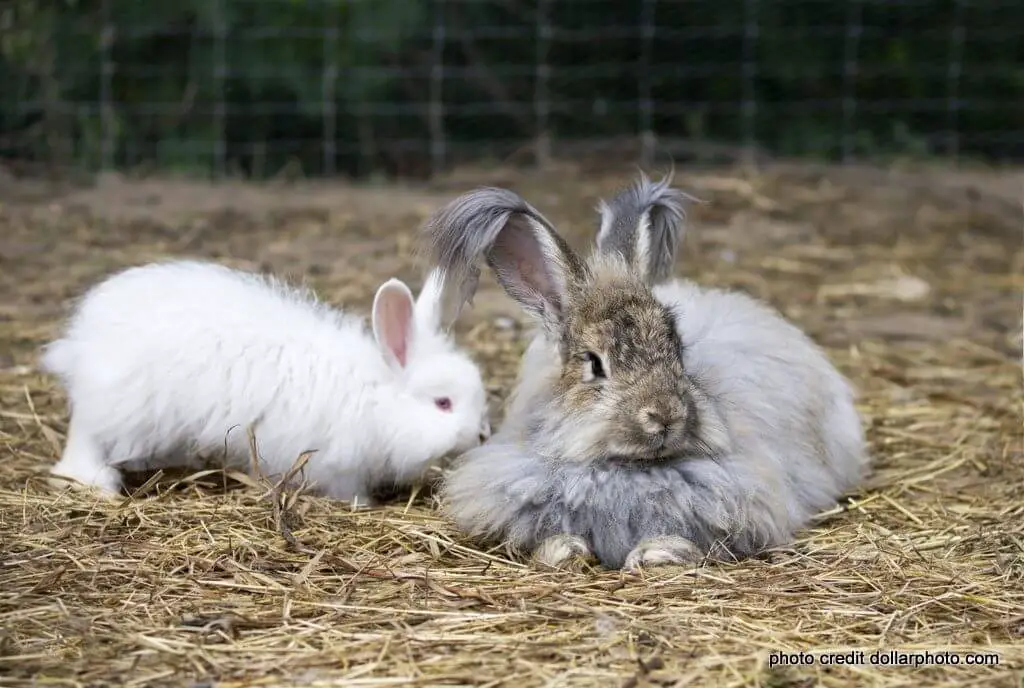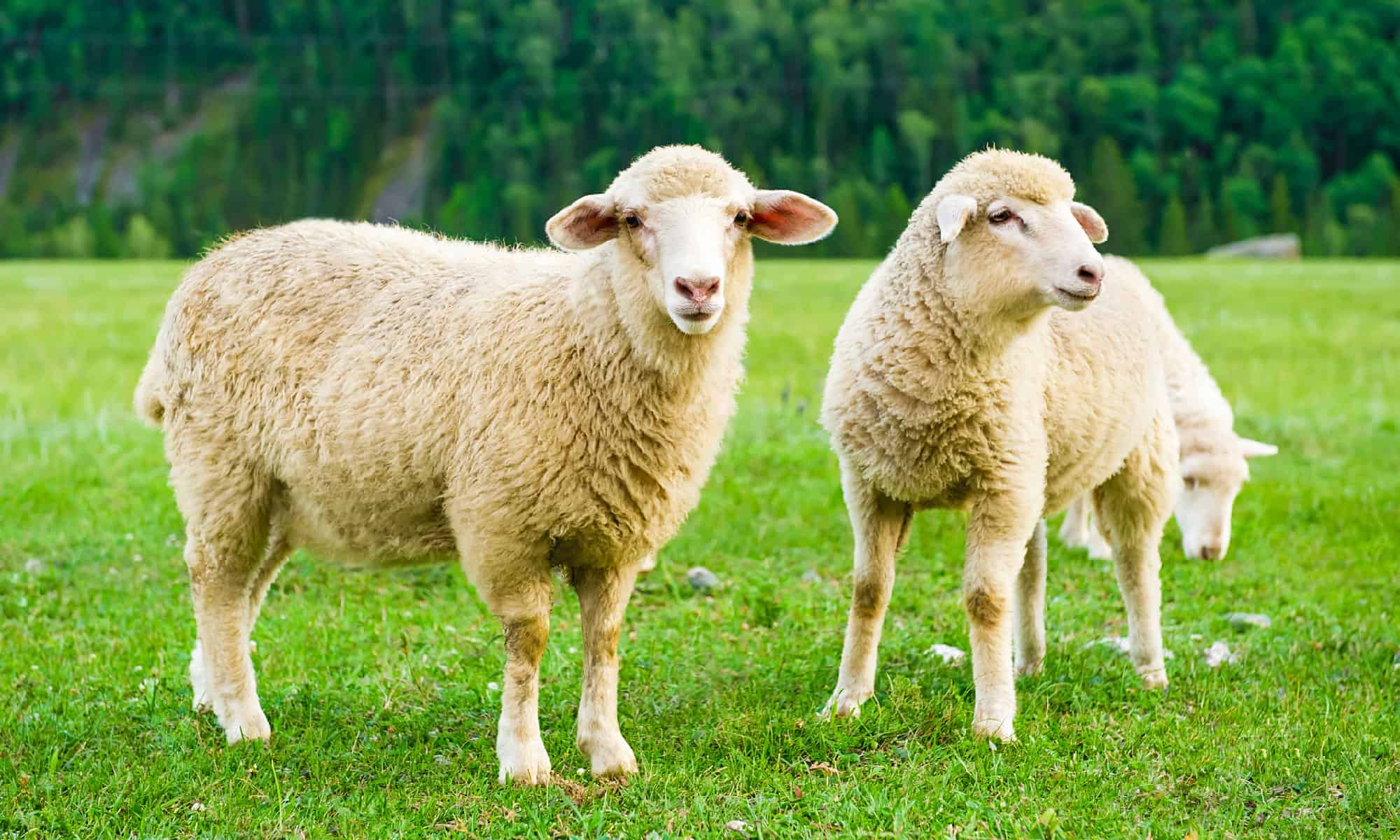Sheep are the primary wool producers, with various breeds like Merino, Dorset, and Suffolk renowned for their high-quality wool. Other animals with wool include alpacas, which yield a fine and luxurious fiber, and Angora goats, which produce mohair. Cashmere wool comes from the soft undercoat of cashmere goats.
What is Wool?
Wool is a remarkable and versatile natural fiber obtained primarily from the fleece of sheep, as well as other animals such as goats, rabbits, llamas, and alpacas. It’s composed of a protein called keratin, which is also found in human hair and nails. Wool has several unique attributes that make it ideal for various applications, such as clothing, carpets, and upholstery. Some noteworthy properties of wool include:
- High tensile strength
- 30% moisture absorption without feeling damp
- Natural fire resistance
Additionally, wool is an eco-friendly and renewable resource, as it can be sheared from animals without causing harm to them and regrows over time. Overall, wool is an invaluable material with countless benefits and applications in our daily lives.
The Evolution of Wool Production: A Brief Overview
- Early Beginnings: Prehistoric humans used sheepskins for warmth and protection, eventually learning to create textile and fabric from their fiber covering.
- Selective Breeding: Over time, selective sheep breeding eliminated long, coarse hairs, leaving the insulating, soft, and fine fleece that we associate with wool today.
- Wool Processing Methods: Cleaning the fleece removes wool grease, a by-product used in cosmetics and ointments. Fleece then goes through carding and spinning processes to create yarn.
- Versatility in Wool Types: Over 200 different types of domestic sheep produce varying types of wool with unique properties, from fine merino wool to coarser wool for rugged applications.
- Dyestuff Affinity: Wool fibers have shown a good to excellent affinity for dyestuffs, allowing for varied color options in wool products.
- Technological Improvement: Modern technology and machinery have allowed for faster and more efficient wool production, leading to a wide array of wool products for different purposes and industries.
Sheep: The King of Wool
- Most common wool source: With over 200 different types of domestic sheep, they provide a versatile and durable type of wool, perfect for various applications such as clothing, carpets, and upholstery.
- Wide variety: Sheep are categorized based on their hair type or wool quality, from fine wool to coarse wool to hair-like and more. They also come in various colors, with white being the most popular as it’s easy to dye.
- Merino sheep: Known for producing some of the highest quality wool, Merino wool is exceptionally fine, soft, and non-irritating, making it ideal for garments that will be worn close to the skin.
- Absorbent and strong: Wool is one of the most potent natural fibers, resistant to stretching, and can absorb up to 30% of its weight in moisture without feeling damp.
- Naturally fire-resistant: Wool can self-extinguish when in contact with an open flame, adding another unique property to this versatile material.
Cashmere Goats: Fine Luxury Fiber
- Originating from parts of Asia including Mongolia, India, China, and Iran, cashmere goats produce the luxurious cashmere wool, known for its softness, warmth, and durability.
- Cashmere is up to eight times warmer than sheep’s wool and has unique properties such as it being incredibly strong, breathable, resilient, and less prone to stretching or sagging over time.
- The Australian Cashmere Goat, a breed bred specifically for its luxurious cashmere wool, yields around 250 grams of high-quality cashmere annually.
- The Changthangi Cashmere goat, featuring long and twisting horns, produces the finest quality cashmere and is known for living in high altitude desert and semidesert regions in China.
- The Licheng Daqing Goat from China, a dual-purpose domesticated species, produces approximately 115 grams of cashmere per year, making it a popular choice for luxury fiber production.
- “It takes the cashmere from about 3 goats to produce a sweater which is one of the reasons that good cashmere is generally expensive.” – Goat Knoll.
Angora Rabbits: Soft and Silky Fiber

- Angora rabbits produce a luxurious and sought-after textile fiber known for its softness, thin fibers, and halo effect (fluffiness).
- The hollow core of the angora fiber makes it much warmer and lighter than regular wool, giving it a floating feel and silky texture.
- Angora rabbit wool comes in various colors, from white to tan, grey, brown, and black, with good quality fiber being 12-16 micrometers in diameter.
- The fur from Angora rabbits is typically blended with other fibers like wool to improve elasticity and decrease the softness, halo, and cost.
- Four types of Angora rabbits are recognized: English, French, Satin, and Giant, each offering different quality and color of fiber.
- While 90% of Angora wool production takes place in China, Europe, Chile, and the United States also contribute smaller quantities.
- Harvesting the fiber happens up to three times a year, either by plucking or shearing the rabbit’s fur. Plucking ensures minimal matting, while shearing is less time-consuming but results in slightly lower quality fleece.
- Ethical concerns have risen regarding Angora rabbit treatment, highlighting the importance of sourcing wool from humane and sustainable producers.
Llamas: The Woolly Companions
- Llamas have thick fur and can be found in a variety of colors, including gray, beige, brown, and red, which can be patterned or uniform in color.
- Standing 3-4 feet tall at the shoulders and weighing between 250 and 450 pounds, llamas are smaller and lighter than their camel relatives.
- The soft and sensitive bottoms of their feet make llamas very sure-footed and cause less damage to the environment than a horse or mule.
- Llamas have a high concentration of hemoglobin in their blood, which helps them survive in high-altitude environments with low oxygen levels.
- Their thick fur offers protection against animal bites, and they can escape predators by running at speeds of up to 40 mph.
- Llamas have various uses, such as pack animals, food sources, wool production, and livestock guardians.
- Llama wool is utilized for weaving clothes, rope manufacturing, and, in some cases, the skin can be used for leather production.
- Llamas were first domesticated in Peru about four thousand years ago, and their ancestors are wild guanacos.
- These Woolly Companions are known to communicate through ear positions, humming sounds, and, on rare occasions, spitting to establish dominance within their community.
Mohair Goats: The Curly Wonders
- Originating in Asia Minor, Angora goats are known for their beautiful, fluffy, curly locks of fiber that often lead people to mistake them for sheep.
- They produce a lustrous and soft fiber called mohair, which takes color dye easily, making it ideal for crafting cozy garments or textiles.
- Angora goats are sheared twice a year, with males producing 8-10 pounds of mohair per shearing, while females produce 4-6 pounds.
- These fiber goats are considered highly productive, as they grow more fiber per unit of body weight than other animals.
- Angora goats require a high-nutrition diet to support their continuous mohair growth, with a baseline protein level of 16%.
Bison: A Rare and Luxurious Wool
- Bison wool comes from the soft and fine downy undercoat of the American Bison, providing a unique and luxurious material for clothing and textiles.
- This specialty wool is collected either during the annual shedding process or from hides of slaughtered bison during meat production.
- Characterized by its rarity and high quality, bison wool is considered a luxury fiber in the market.
- Serving as an excellent insulator, bison wool is perfect for creating warm garments and winter accessories.
- “The American Bison has two coats, the coarse shaggy outer coat and the fine downy undercoat that can now be found in commercially available yarns.” – TONIA KNITS
- Bison wool comes in a variety of natural brown hues, adding a rich and earthy tone to your wardrobe.
- Its scarcity and unique properties make bison wool an exclusive and highly sought-after material for knitting and other textile projects.
Yak: A Warmth from the Highlands
- Yak wool is a luxurious and valuable fiber, known for its numerous unique features, making it one of the finest wools in the world.
- Native to Central Asia, yaks are adapted to endure harsh weather conditions, thanks to their multi-layered, insulating coat.
- Yak wool provides exceptional warmth, even at temperatures far below zero, due to its extremely fine fibers, measuring 16-18 microns.
- Yak herders in the Asian highlands obtain around 1000 tons of wool worldwide annually through a laborious combing and shearing process.
- White yaks produce the most sought-after wool, as it’s ideal for dyeing.
- Yak wool products offer various advantages over other types of wool, including unmatched softness, lightness, breathability, and moisture regulation.
- “Yak wool is soft, flexible, very comfortable, and warm. Scarves and shawls made from pure yak wool are hard to find outside the Himalayan region.” – Counting Flowers
- Handwoven yak wool scarves and shawls are available through fair trade organizations, supporting artisans and preserving traditional practices.
- Caring for yak wool products is essential for longevity – avoid frequent washing and opt for airing out or dry cleaning instead.
Muskox: Nature’s Insulation
- Qiviut, the soft downy underwool of the muskox, provides the insulating warmth needed for these animals to survive harsh Arctic winters.
- The outer coat of long coarse guard hair protects the qiviut from wind and snow, trapping warmth close to the muskox’s body.
- Muskoxen shed and regrow their qiviut every spring, allowing them to adapt to the changing Arctic climate.
- In the wild, muskoxen can be observed shedding their insulating layer in just two weeks, leaving it as tattered remnants on the tundra.
- With a diet of grasses, Arctic willows, and other plants, muskoxen maintain the energy necessary to grow their thermal insulation and thrive in their cold environment.
Conclusion
In conclusion, it is evident that a variety of animals yield wool, each offering unique properties and benefits. These wool-yielding animals include sheep, goats, rabbits, camels, llamas, alpacas, bison, and yaks. When choosing the right animal for your farm or backyard, consider factors such as the wool’s quality, softness, and the region where you live. Some breeds produce finer wool suited for garments, while others produce coarser wool perfect for rugs and crafts.
References:
https://a-z-animals.com/blog/animals-that-yield-wool/
https://www.iamcountryside.com/homesteading/wool-yielding-animals-for-yarn-and-fiber/







